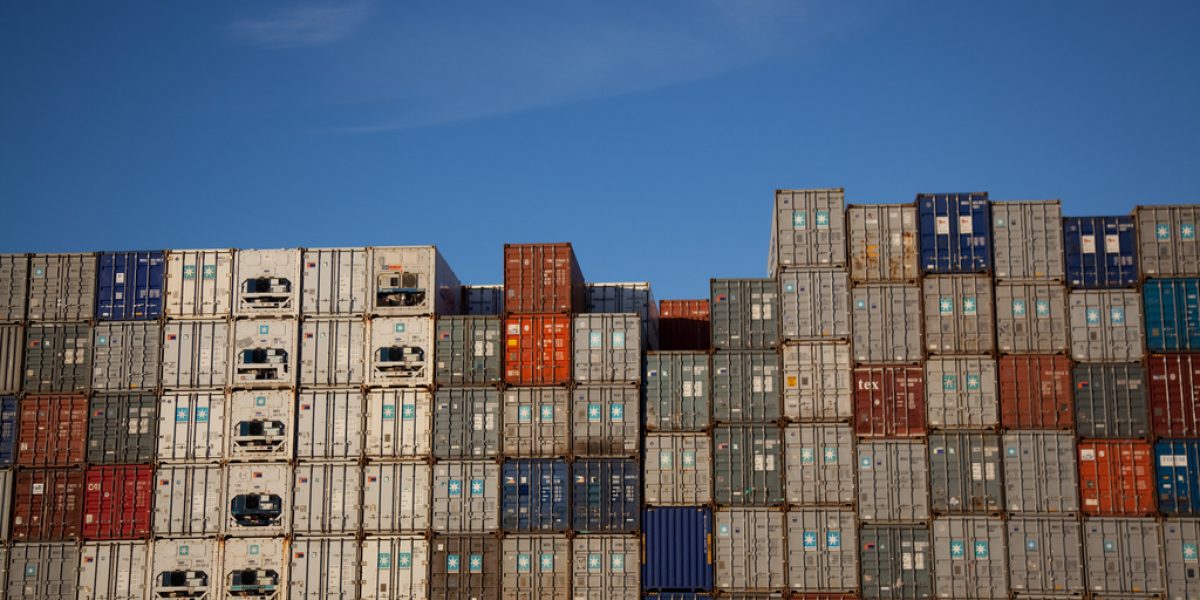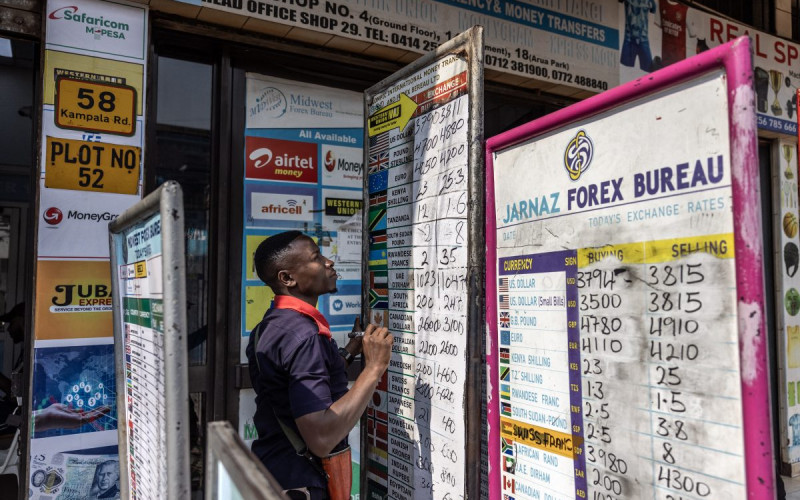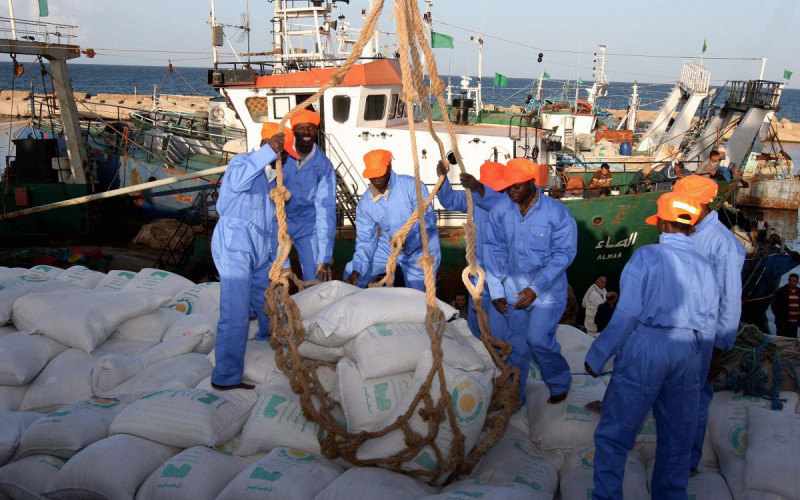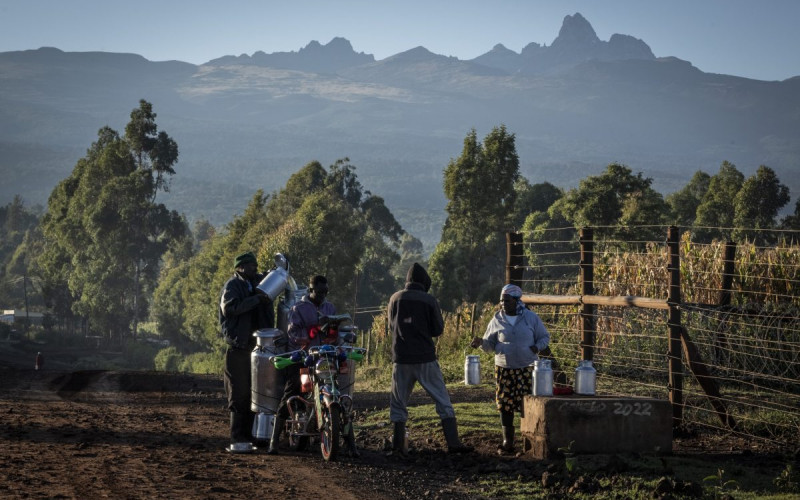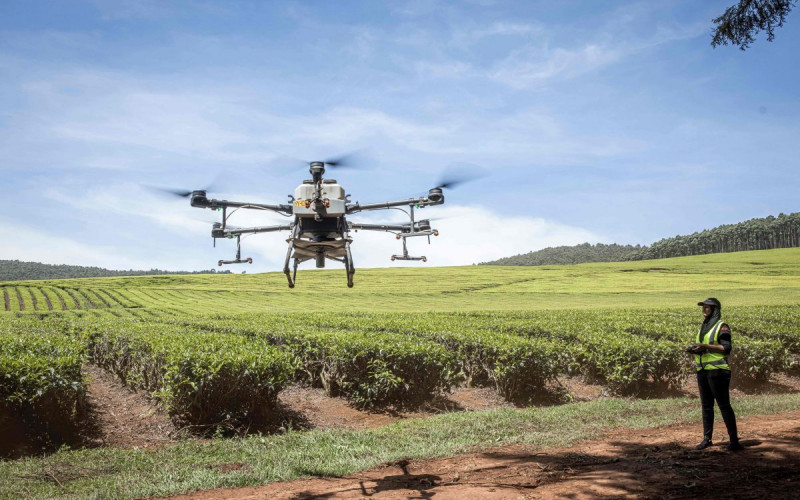The three main countries involved in this project – Egypt, Kenya and South Africa – have a considerable regional trade complementarity. The de facto regional trade of these three countries is also high but concentrated in subregions of the TFTA. The regional trade complementarity of Ethiopia, another potentially major player, is much lower, as is its regional trade intensity. The authors moreover analyse similarity in regional exports to shed light on the competition that markets face and resulting disincentives for the TFTA. The paper then shows that South African decision makers see the TFTA as a means of poverty reduction through industrialisation. Transregional transport infrastructure and the co-ordination of industrial-development policies are essential for what South Africa’s Department of Trade and Industry labels ‘developmental regionalism’. Kenyan business advisers also emphasise the relevance of transport infrastructure. And, like the Department of Trade and Industry representatives interviewed for this paper, they see regional economic integration as a way of increasing foreign investment in strategic sectors. The TFTA is moreover expected to generate regional commodity chains in which Kenya and South Africa, linked to economically less advanced partners in the region, will produce manufactured goods. The regional member states in the envisaged TFTA have already begun to harmonise administrative procedures and legislation on transport. One-stop border posts, common axle load limits and mutually recognised carrier licences are on their way. Road and railway corridors, and ports across the region are being upgraded. Significantly expanding co-operation on energy is a long-term objective.

